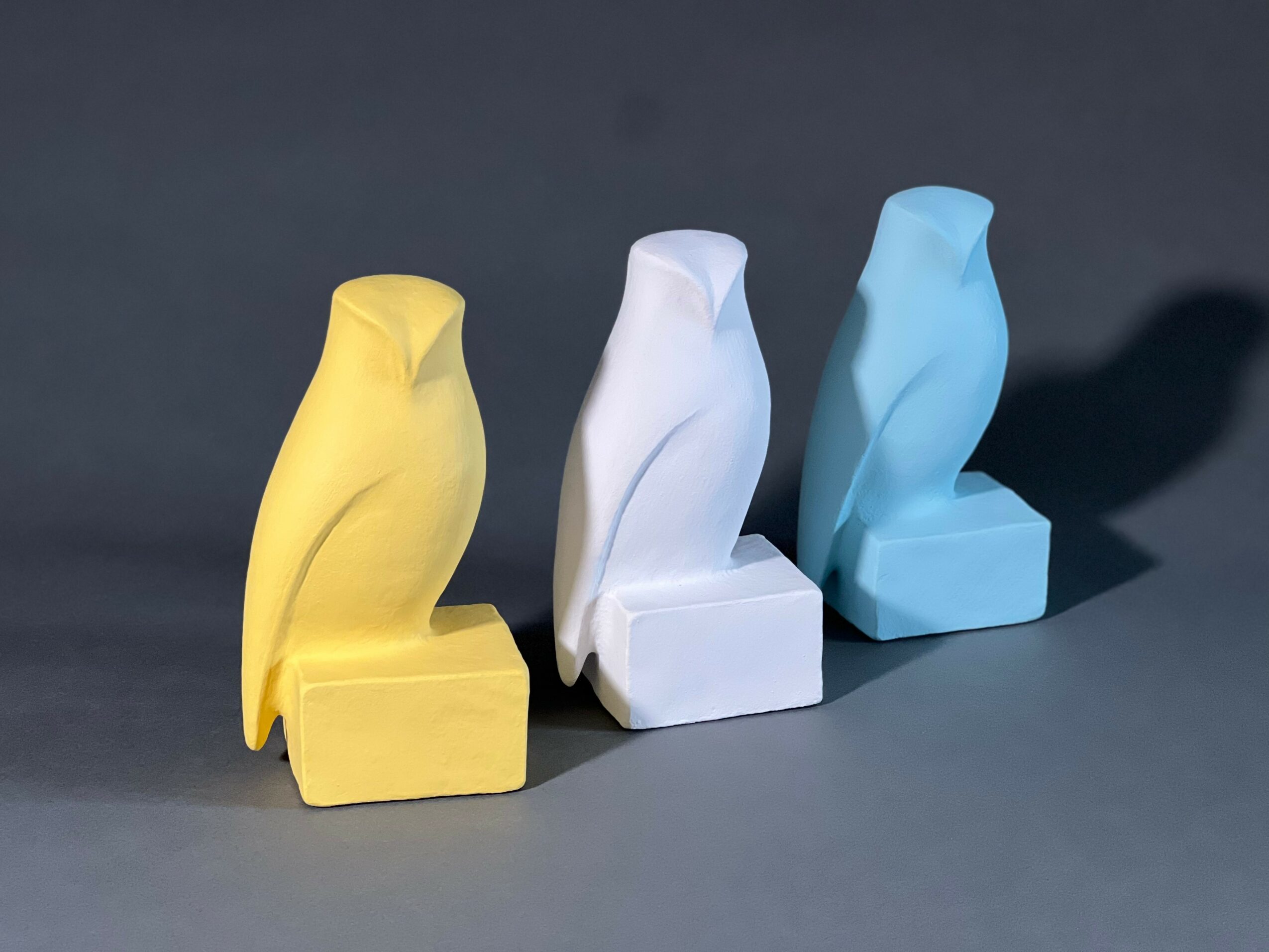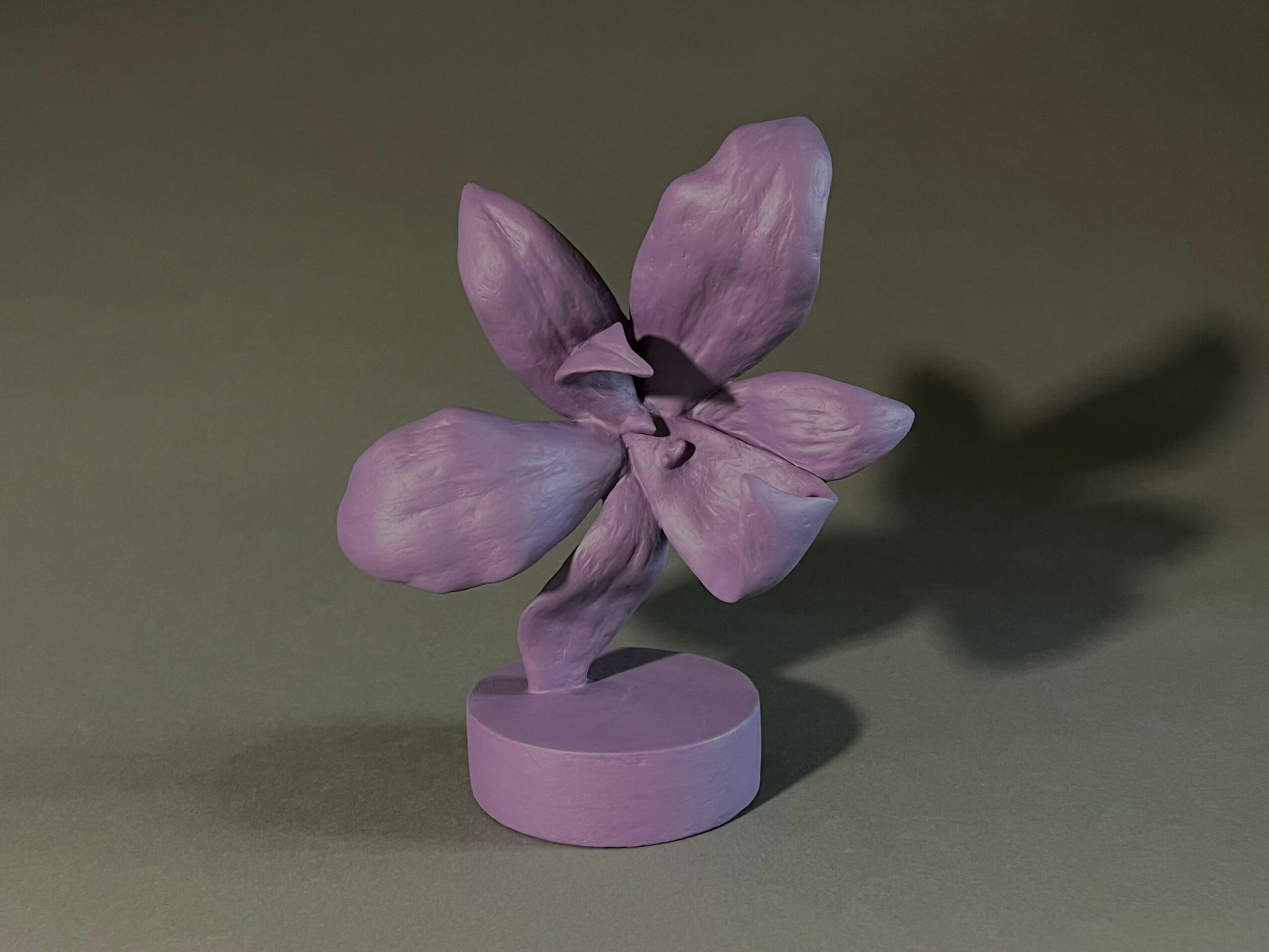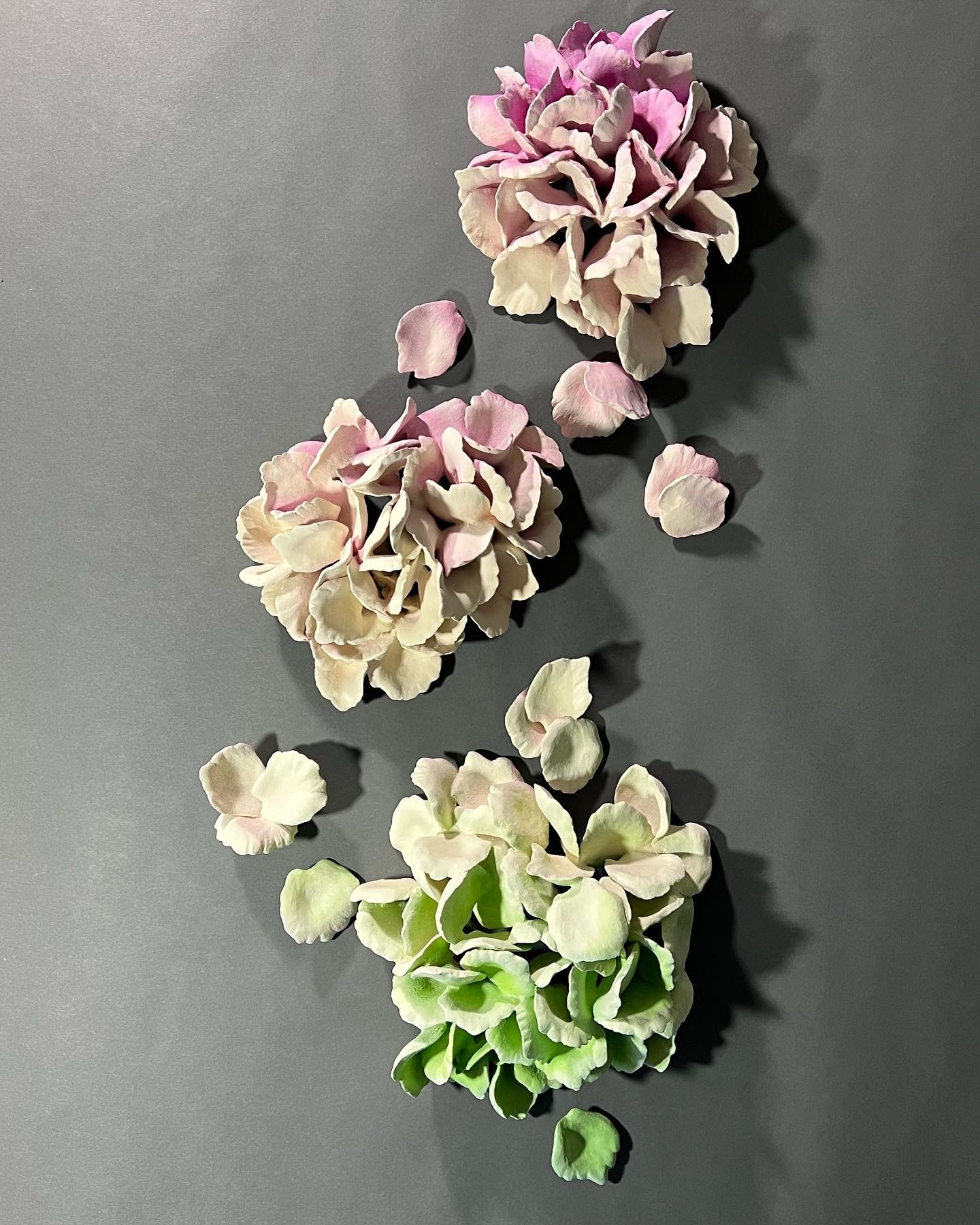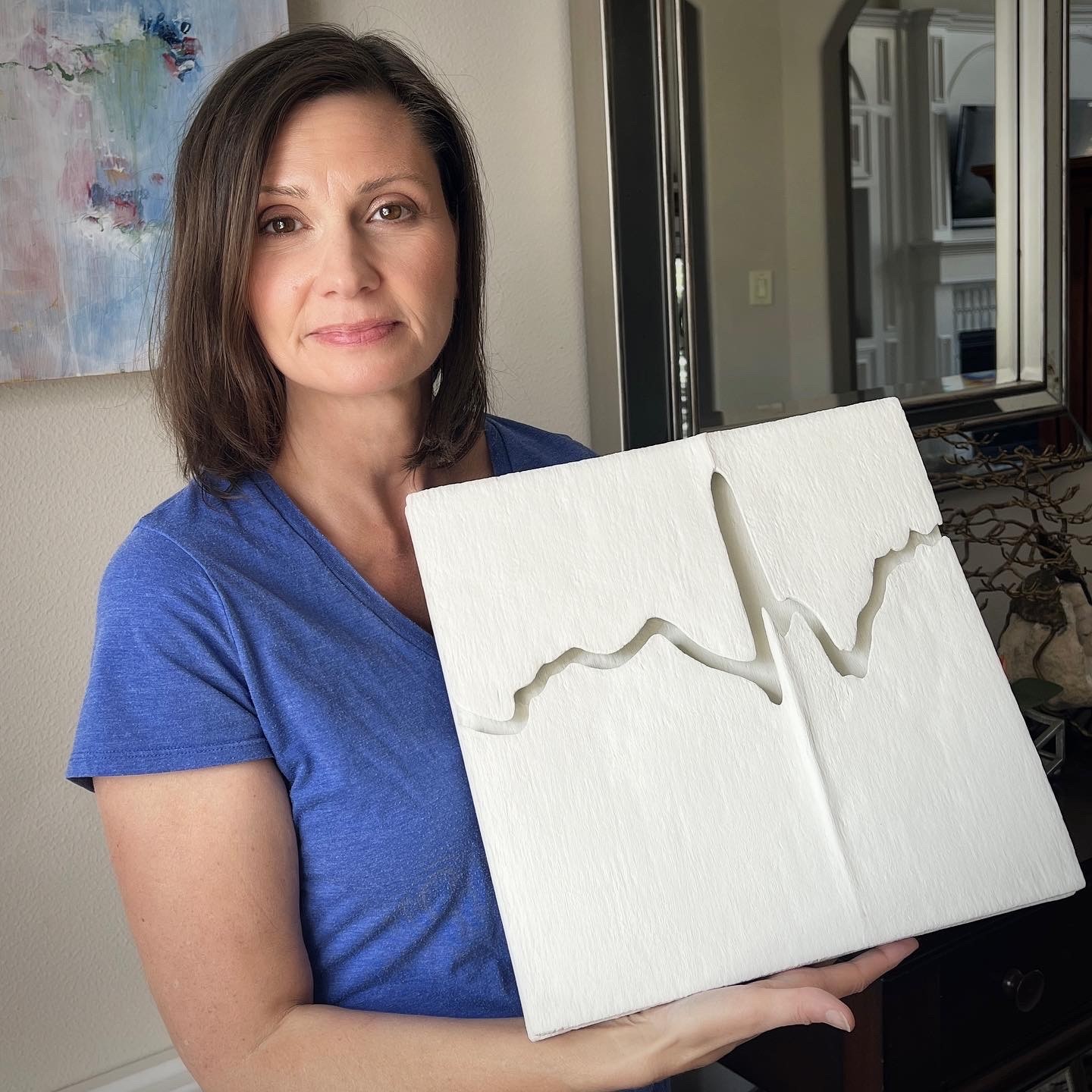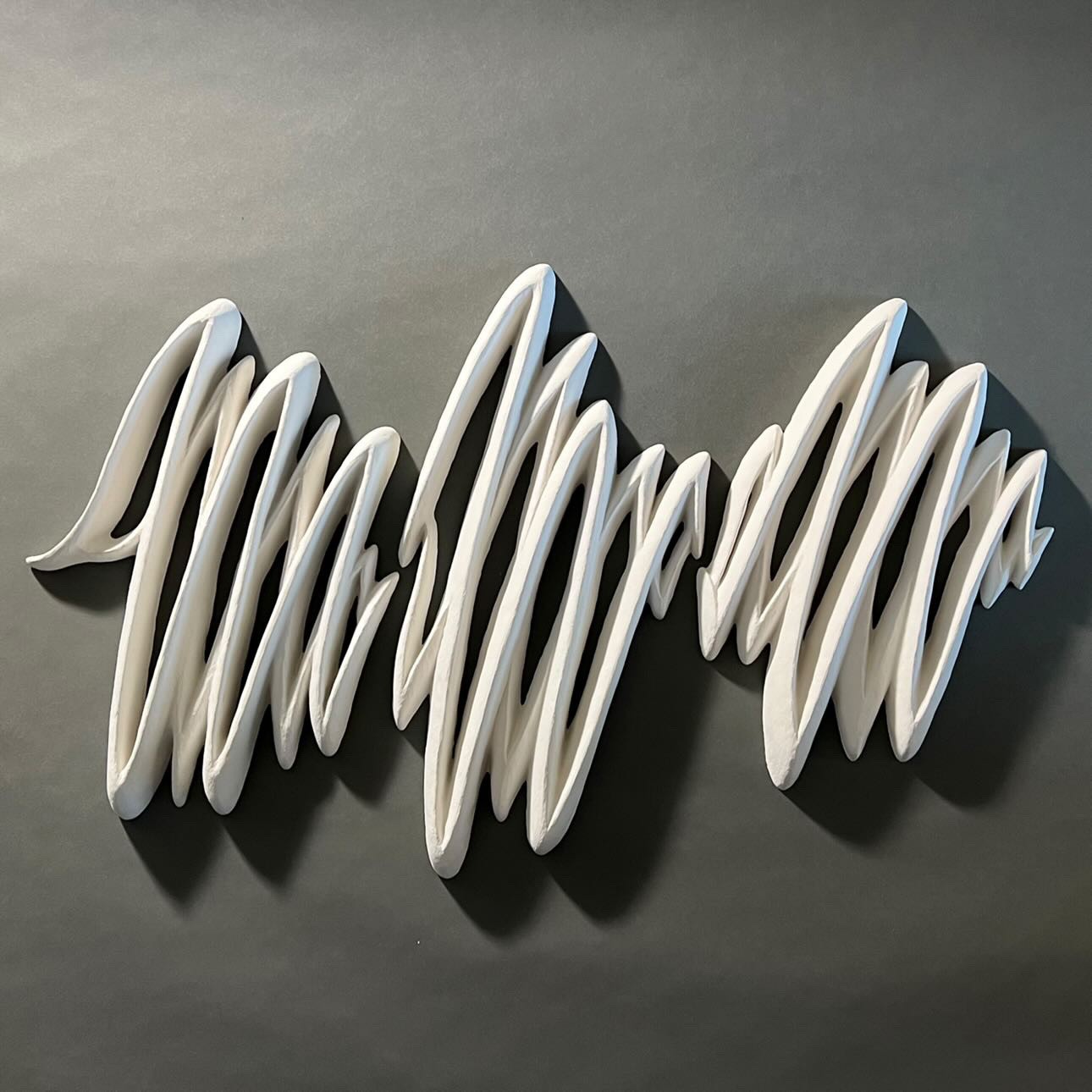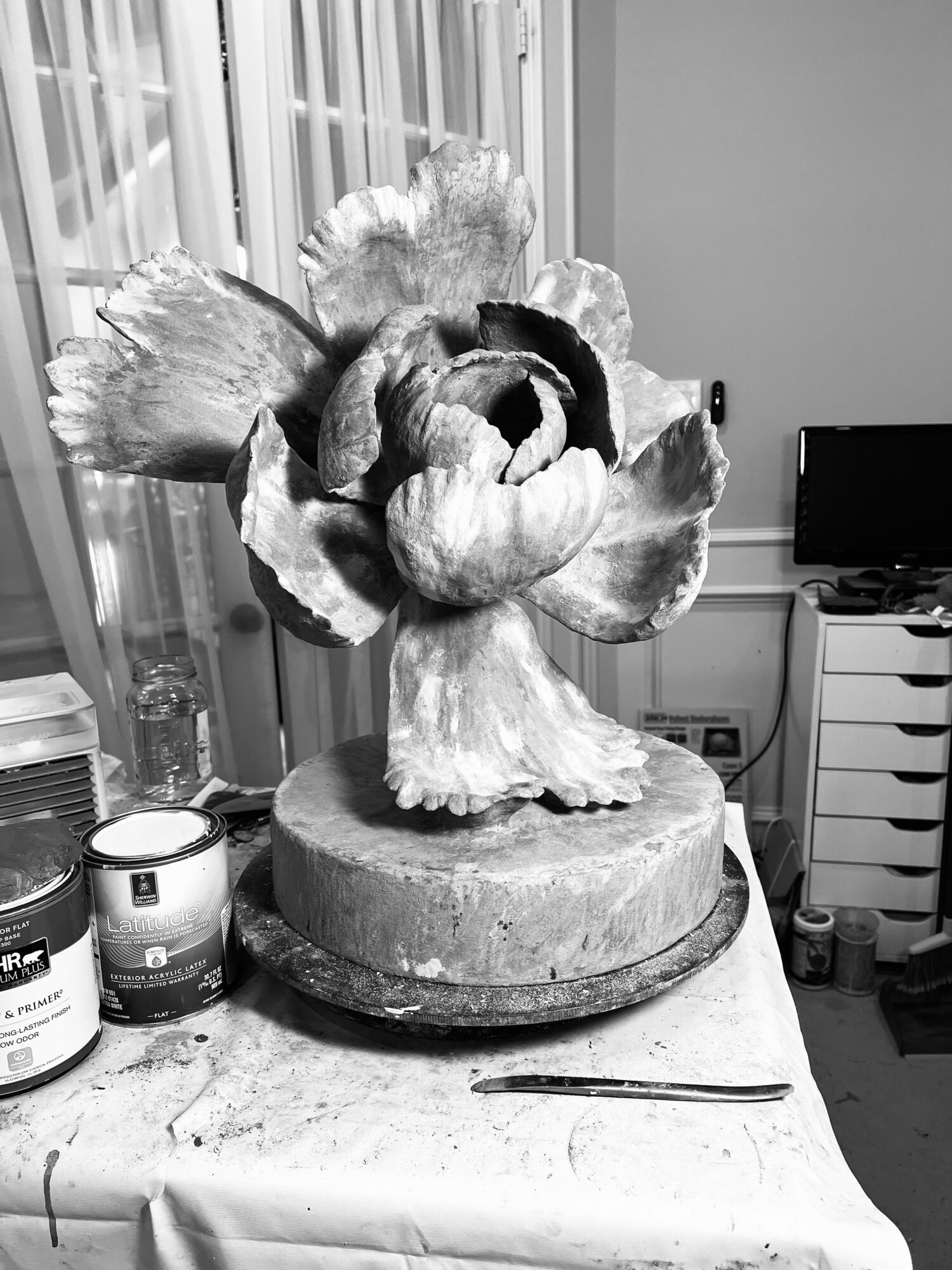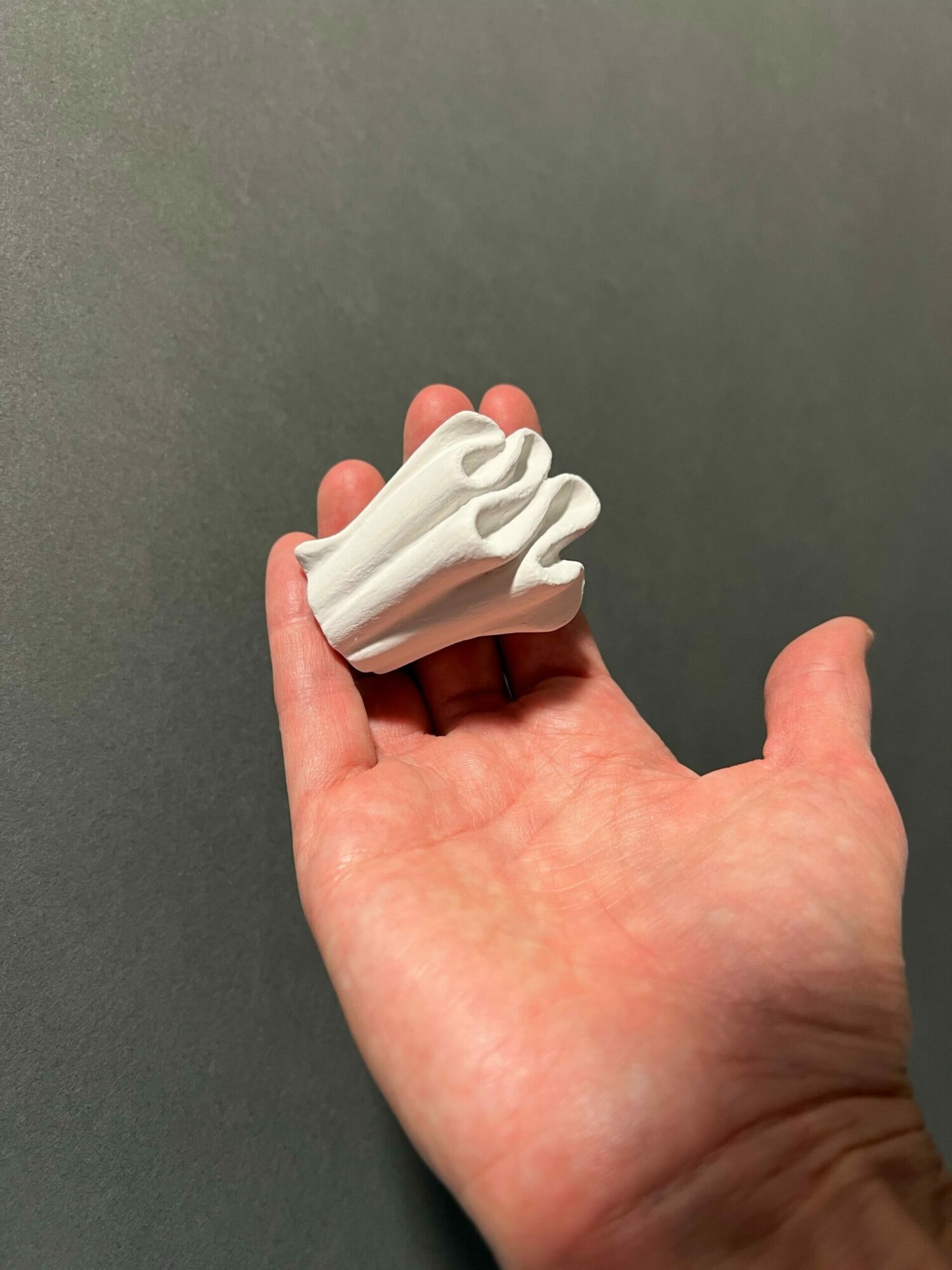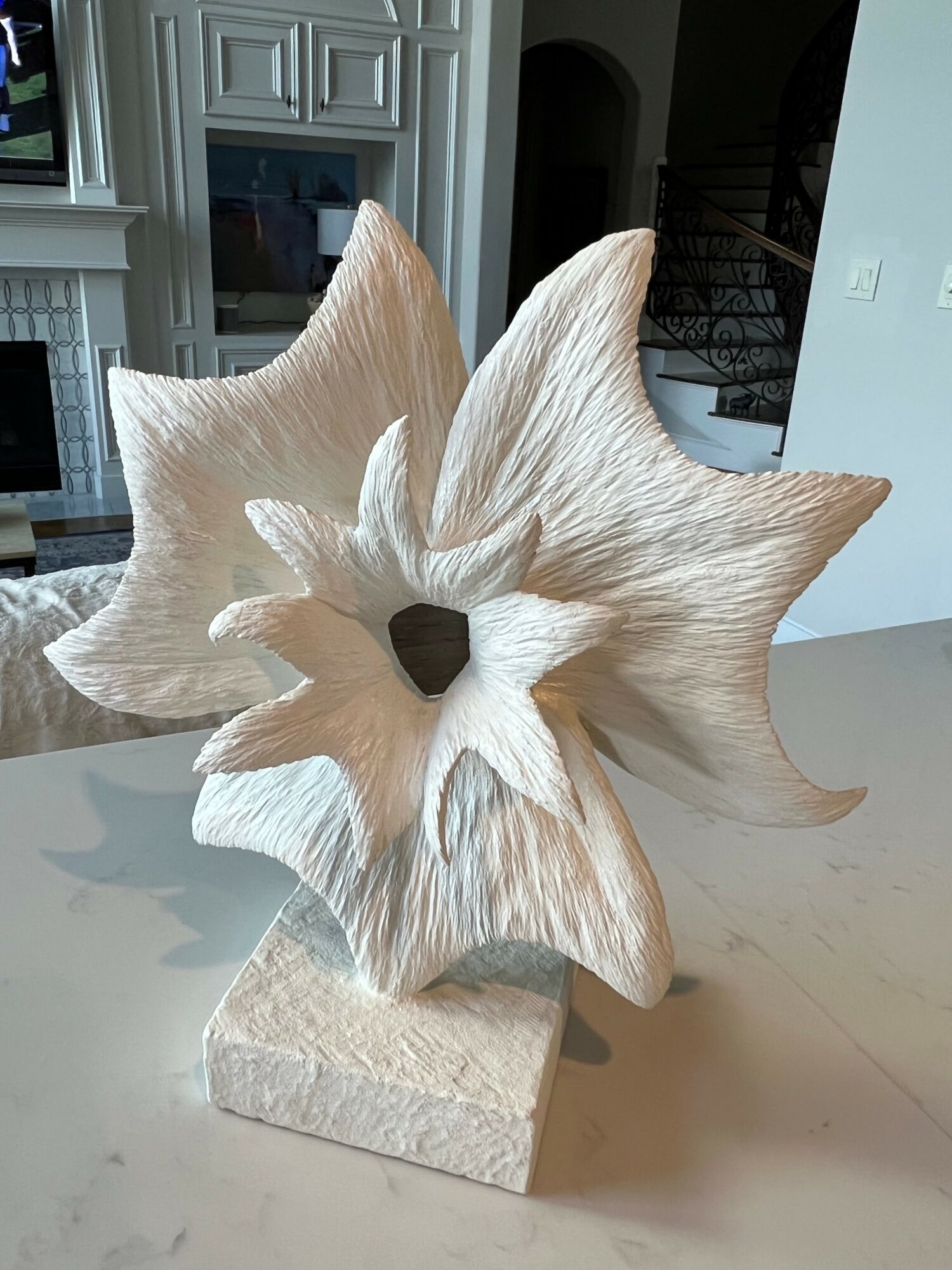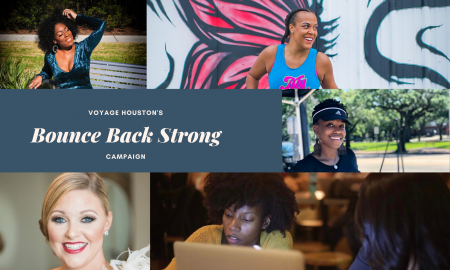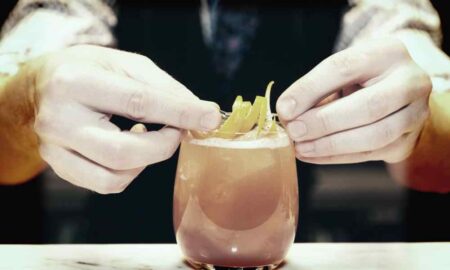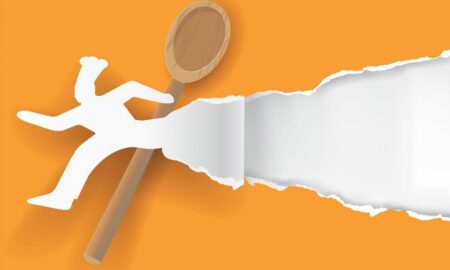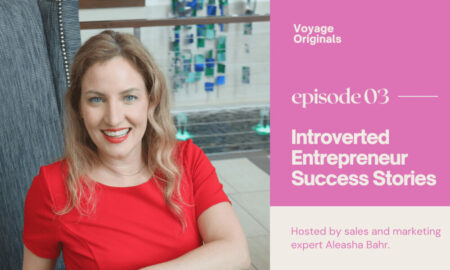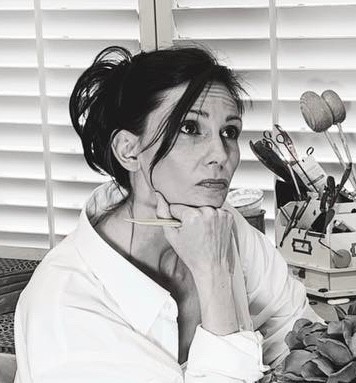 Today we’d like to introduce you to Amanda Wood.
Today we’d like to introduce you to Amanda Wood.
Hi Amanda, can you start by introducing yourself? We’d love to learn more about how you got to where you are today?
As a kid, I was quite passionate about drawing, coloring, painting and sculpting in modeling clay. Though born in the US, I spent most of my formative years living overseas with my parents, absorbing art and culture from around the globe. This unique opportunity allowed me to observe art and culture from some very uncommon places. Constant exposure to a wide range of religions, cultures and traditions, has been an enriching foundation for me as an artist, influencing my creative work quite heavily. Arabesque biomorphic shapes, patterns and designs from the Middle East were fascinating to me. So revered was art, that biomorphic patterns were deeply woven into even their most sacred architecture. The curves in the architecture itself, were an artistic expression with repeating petals, leaves and soft organic domes arching and gesturing up towards the heavens.
Also influential, were the vibrant, loose, unfolding curvy florals from art in the Tropics and Far East. It all feels very familiar to me, like a warm, comforting blanket. So I find myself going back to those shapes time and again. Internally, I’m attempting to recreate the feeling I had as a child, innocently wandering through a tropical paradise with an airy sense of wonder. I love those moments, temporarily forgetting about deadlines, paperwork, grocery lists, emails and phone calls. For me, it’s where the line blurs between reality and imagination, when time and space fall away in utter creative bliss! That’s what most artists/creatives are really chasing, that elusive creative gap that almost equates to what I would imagine a runner’s high might feel like.
Returning to the US in the mid-1980s after elementary school, continuing my education, I later received my Bachelor’s degree in Fine Art/Design from the University of North Texas in 1995. After graduation, I began a career as a graphic designer, for roughly seven years in the Dallas area. Several years into becoming a designer, I found myself painfully longing to sketch, paint, and work with clay again. I wanted to create extremely personal, permanent artwork, more likely to capture the changes life brings us — and freeze snapshots in time, highlighting those pinnacle moments in our lives. This meant I needed to say something about the world we live in and create a more meaningful, intimate dialogue with the viewer.
Once I’d connected with myself and identified the need to express myself on that more vividly personal level, I knew I needed to let go of my former career as a designer and evolve into the artist/sculptor I’ve become, thus far. Looking back, I’m so glad I took the leap!
I’m sure you wouldn’t say it’s been obstacle free, but so far would you say the journey has been a fairly smooth road?
Becoming a sculptor wasn’t exactly as easy as I’d thought. After many years as a product designer, (thinking in 3D and building shapes) constructing sculptures from the shapes and forms I saw in my head, came quite naturally. Figuring out how to professionally show and sell them, THAT was quite a challenge on its own! Art school doesn’t typically prepare artists for real-world situations in selling art. Academia is more focused on teaching you to intellectually defend your work. So showing and selling is sometimes quite a mystery for artists, particularly sculptors. Learning to successfully show in art fairs, studio tours and art shows… this was something that took research, trial, time and effort on my part. Because I’m an introvert at heart, it was extremely terrifying at first. But through those experiences, I’ve found I truly love connecting with people. To my surprise, I’ve found I actually crave it and thrive on it.
Sculpture takes up a lot of space, so my studio work is spread out all over the house and into a large portion of the garage, as well. There are storage units full of art fair gear, sculpture pedestals, my current sculpture inventory and all sorts of extra supplies I don’t use every day, but still need access to. So there is a lot of equipment, space and expense to think about when becoming a sculptor. All things I’m still juggling, managing and curating.
In 2017, I remember talking with an individual involved in creating a professional complex for artists’ studios. She said they first thought a clean white room with a light bulb and a sink/bathroom down the hall was all artists would need in a studio complex. They felt that would suffice for creating and showing artwork. After leasing out the spaces and getting feedback from artists, they realized creators need and utilize so much more! Ventilation for removing harmful fumes/microparticles, spotlights, high-wattage outlets, signage, the ability to better market themselves, to name a few, were all key elements artists renting space in the complex, had been asking for.
Thanks for sharing that. So, maybe next you can tell us a bit more about your work?
With hand-built biomorphic sculpture, my work gently beckons the viewer into a comforting, meditative, vibrational space with unfolding, botanically inspired forms. These once secondary botanical elements for me, are now the primary subject matter of my latest work. To change thins up, I also like to play with the shapes sound waves make. I speak into an app and sketch the shapes created by the sound waves. I then translate them into loosely abstracted ribbon-like forms.
This year, I discovered an exciting new sculpting medium called Pal Tiya. It’s a concrete powder with fibers and elements that when left in water, grow invisible (to the naked eye) molecular crystals for added strength. With this material, I’m finally able to build incredibly strong sculptures as large as I want, with virtually no limits! This allows for both small and massive sculptures to be placed outside in even the most extreme weather conditions without fear of any damage.
In ceramic clay, my more abstracted botanical forms would have been far too delicate, lacking the structural integrity necessary to transport them or place them outdoors in harsh elements. While I still build some forms in ceramic clay, the Pal Tiya has opened up a whole new world of possibilities for me. I’m extremely proud of what I’ve been able to achieve with this new material and feel there still aren’t many others using it the way I do… yet. My hope is to teach other artists/sculptors how the material can possibly transform their work process, as well.
Is there anyone you’d like to thank or give credit to?
Throughout my career, I’ve had the pleasure of meeting so many amazingly talented and accomplished artists. Rita Marie Ross, John Maisano and several other sculptors have shared a great deal of information about the process of creating and showing sculpture. Sculpture is a bit of a different animal than that of painting. There are so many nuances and so many challenges with creating, storing, transporting, marketing and showing/selling it. Learning from other sculptors/artists that’ve been showing and selling for some time, it’s a major contributing factor in success as an artist.
You’d be surprised how much artists can learn from other artists, YouTube, books and online resources. You don’t necessarily need a fancy degree in art to be a professional artist!
Pricing:
- My prices typically range from $300 for small pieces and up to $12,000 for large sculptures.
Contact Info:
- Website: https://www.amandarobinwood.com/
- Instagram: https://instagram.com/amandarobinwood
- Facebook: https://facebook.com/amanda.cummingswood
- Youtube: https://youtube.com/channel/UCjAcT0KiQDk70YOGLXwdmWA
